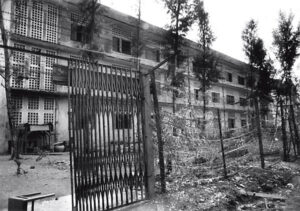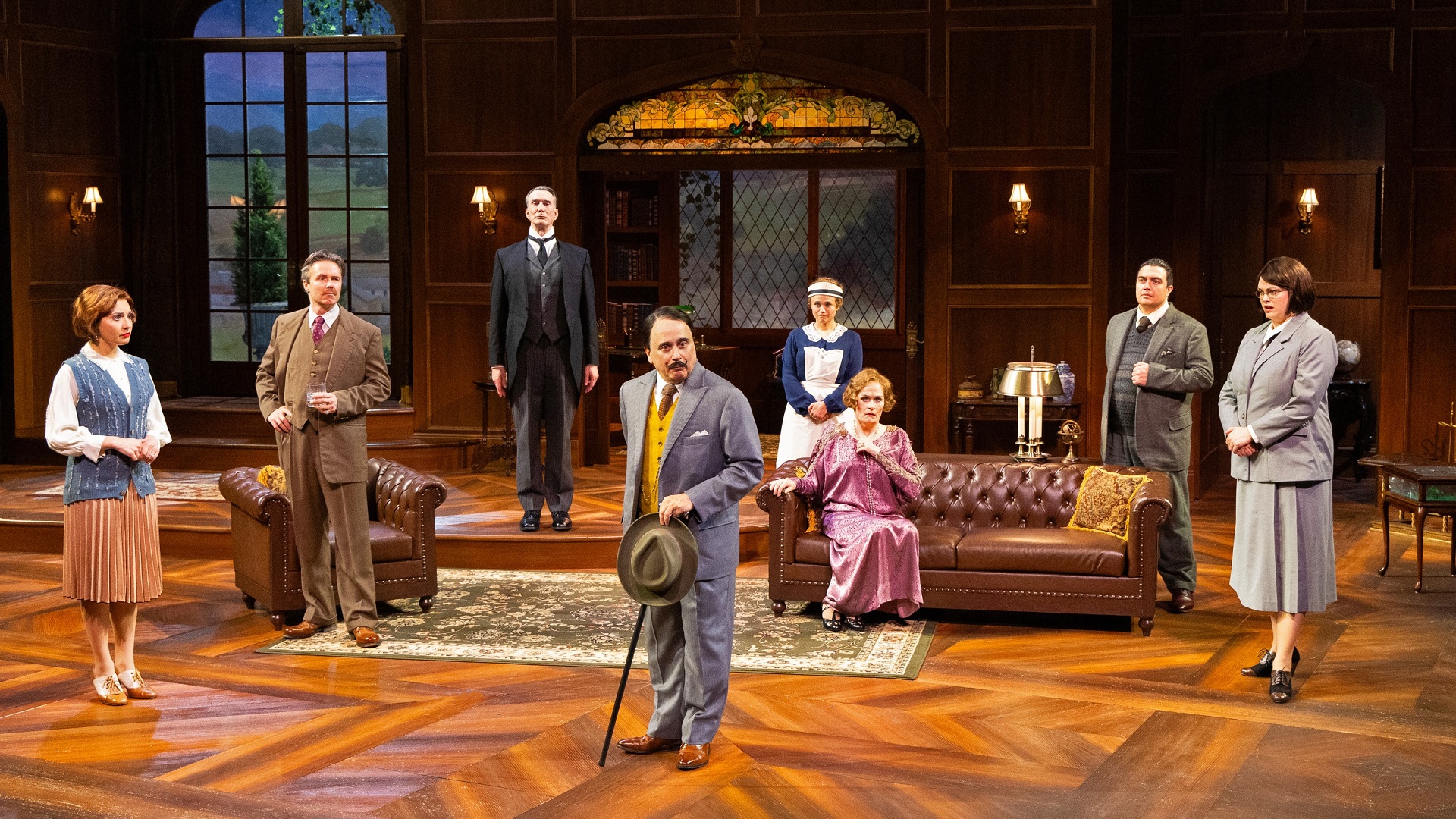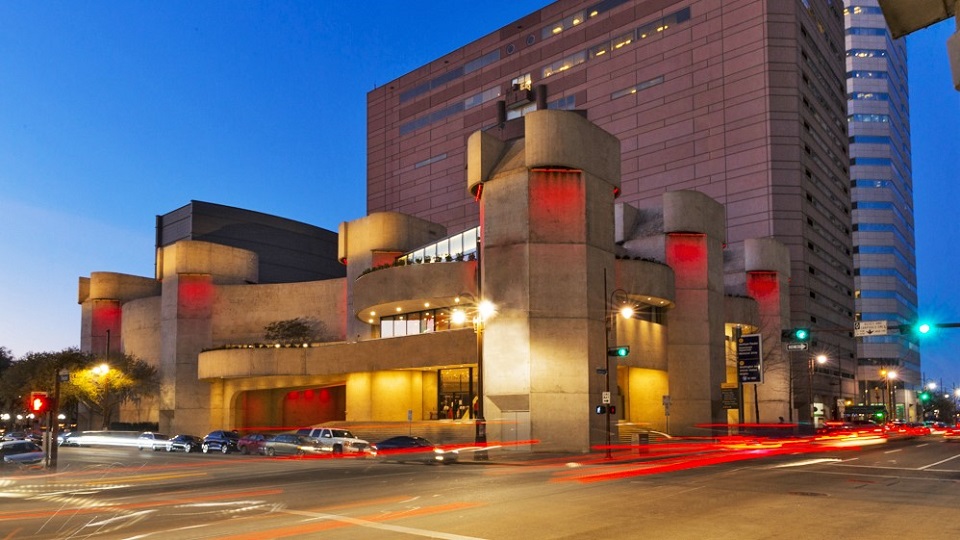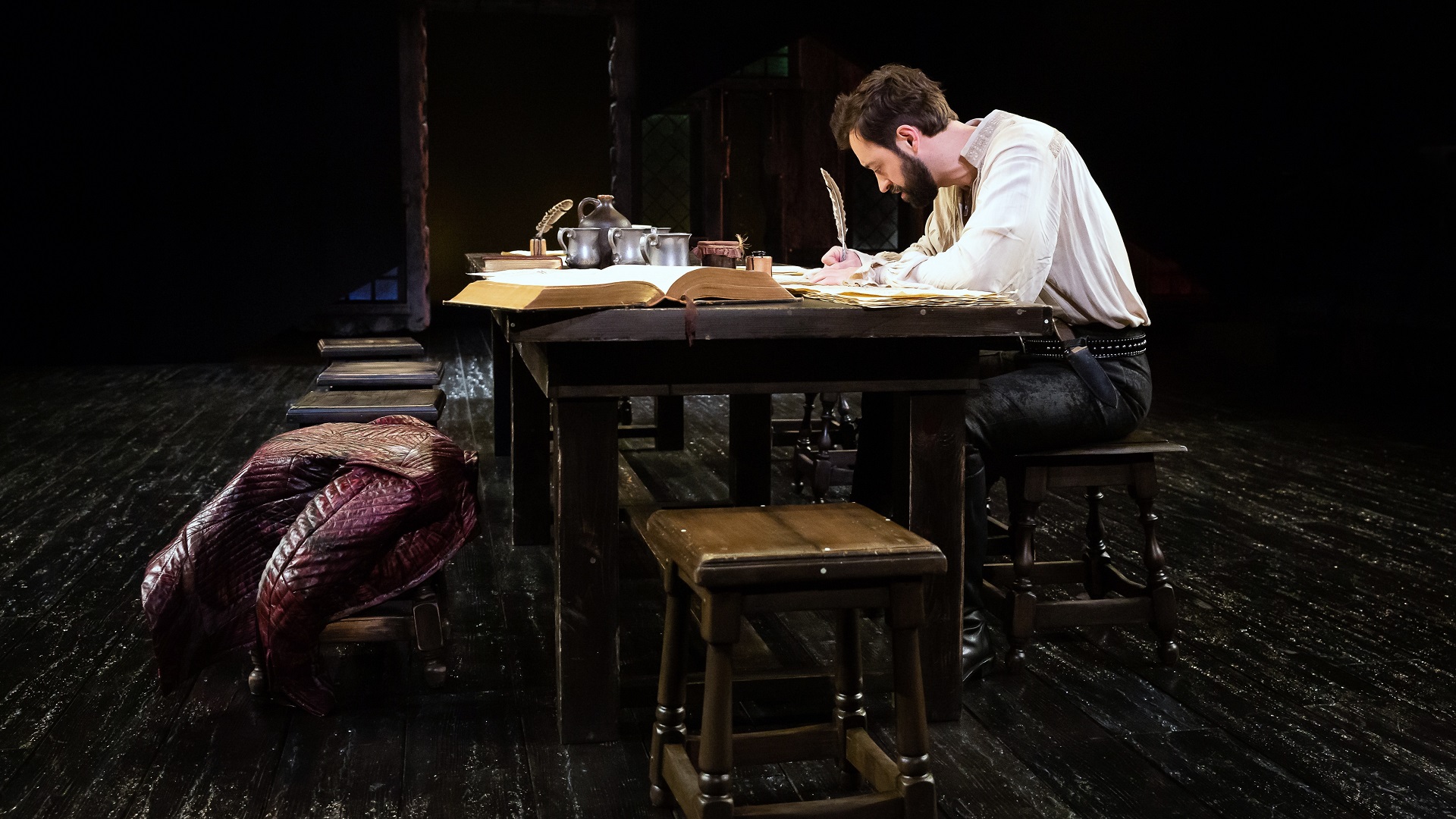The Khmer Rouge and the S-21 Prison
By Andy Knight, South Coast Repertory

In April 1975, after the Khmer Rouge—a nickname given to Cambodia’s communist party—defeated the government forces of the U.S.-backed Khmer Republic in the Cambodian Civil War, they immediately began their cruel and ultimately futile attempt at social engineering. Under the leadership of Pol Pot, the Khmer Rouge planned to remake Democratic Kampuchea, as it would be renamed in 1976, into an agrarian utopia. They evacuated the cities, and sent inhabitants to live and work on collective farms in the countryside. They abolished money and the concept of private property and outlawed religion. They divided the population into the “old people,” rural Cambodians who had allied themselves with the Khmer Rouge prior to April 1975, and the “new people,” comprised of educated urbanites, artists and musicians, ethnic minorities, Buddhist monks and anyone else that the Khmer Rouge considered a danger to the regime.
Approximately a quarter of Cambodia’s population died between April 1975 and January 1979. Many succumbed to starvation or disease on the collectives, while others were killed for minor crimes, such as stealing food. But those considered a major threat to the new order were sent to special extermination centers, where they were tortured into making false confessions and then summarily executed. The most famous of these centers was Tuol Sleng, or S-21 (an abbreviation for “security prison 21”), which was housed in a former high school in Phnom Penh.
During its operation, between 17 and 20 thousand people—including men, women and children—were executed at S-21. Torture techniques such as electrocution, whippings and beatings, waterboarding and force-feeding excrement and urine were used to coerce confessions, and many prisoners, most of whom were innocent of their suspected crimes, admitted to working for foreign powers such as the CIA, KGB and Vietnamese. Guilty prisoners were then executed, often at nearby Choeung Ek, the most famous of the Khmer Rouge “Killing Fields.” There, the condemned prisoners were made to kneel over mass graves as executioners slit their throats or delivered deadly blows to the back of their heads. As an institution, S-21 was so efficient that only a handful of individuals are known to have survived their imprisonment.
For most of its operation, S-21 was run by Kang Kek Iew, better known as Comrade Duch, a shrewd and meticulous former teacher. In 1979, when the Vietnamese successfully invaded Cambodia, Duch fled Phnom Penh, changed his name and later settled near the Thai-Cambodian border. But in 1999, he was finally arrested and, in 2009, became the first war criminal to be tried in the UN-backed Extraordinary Chambers in the Courts of Cambodia.
Article used with permission from South Coast Repertory.























